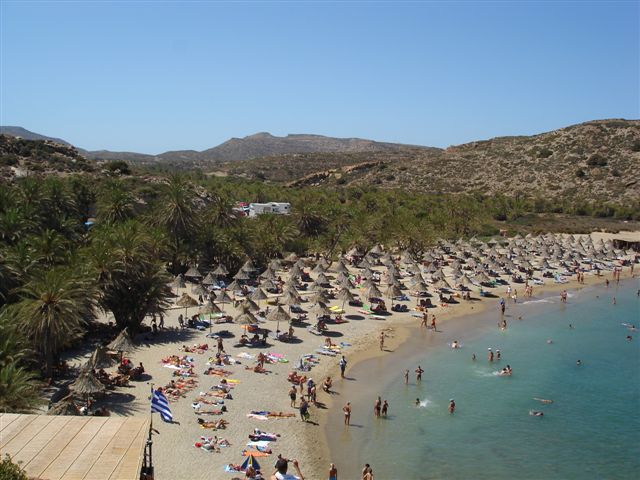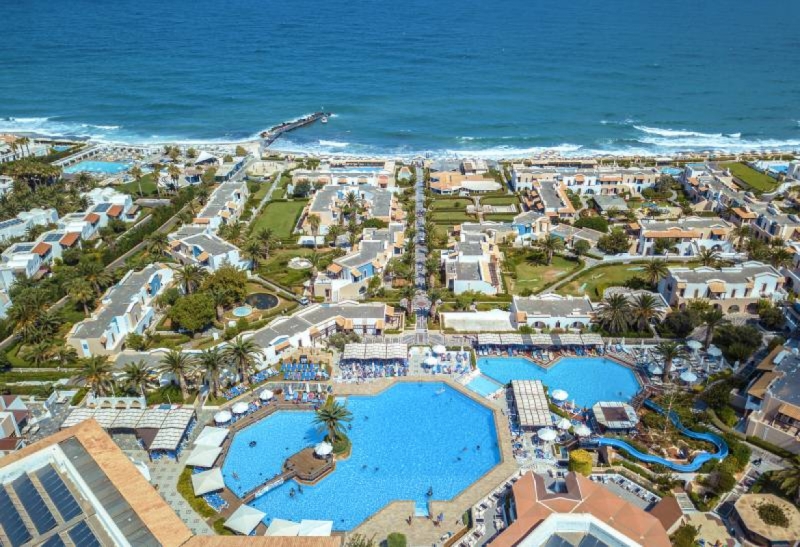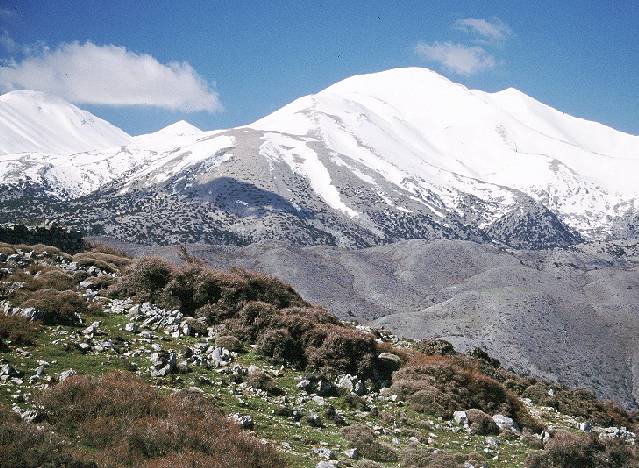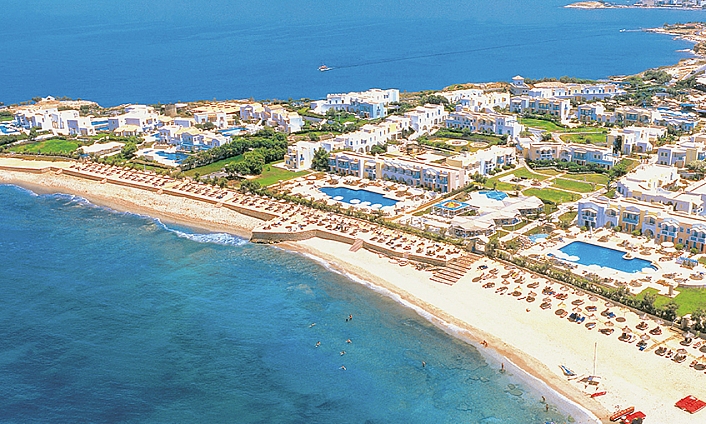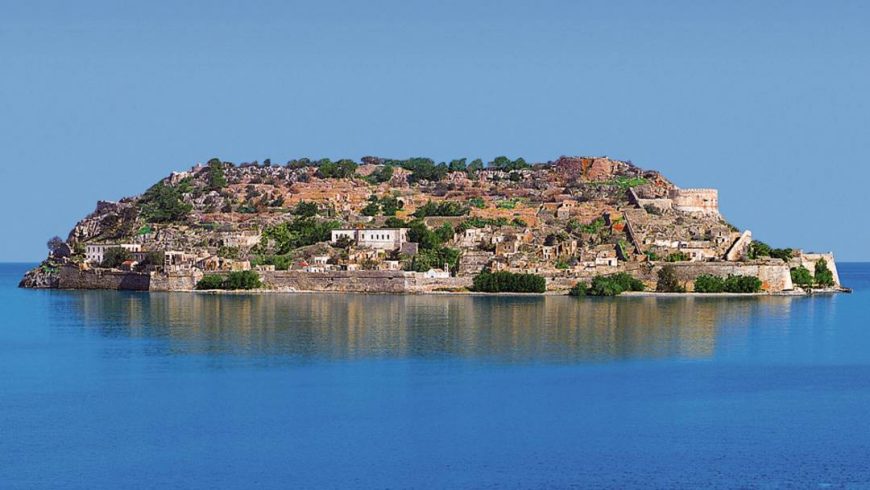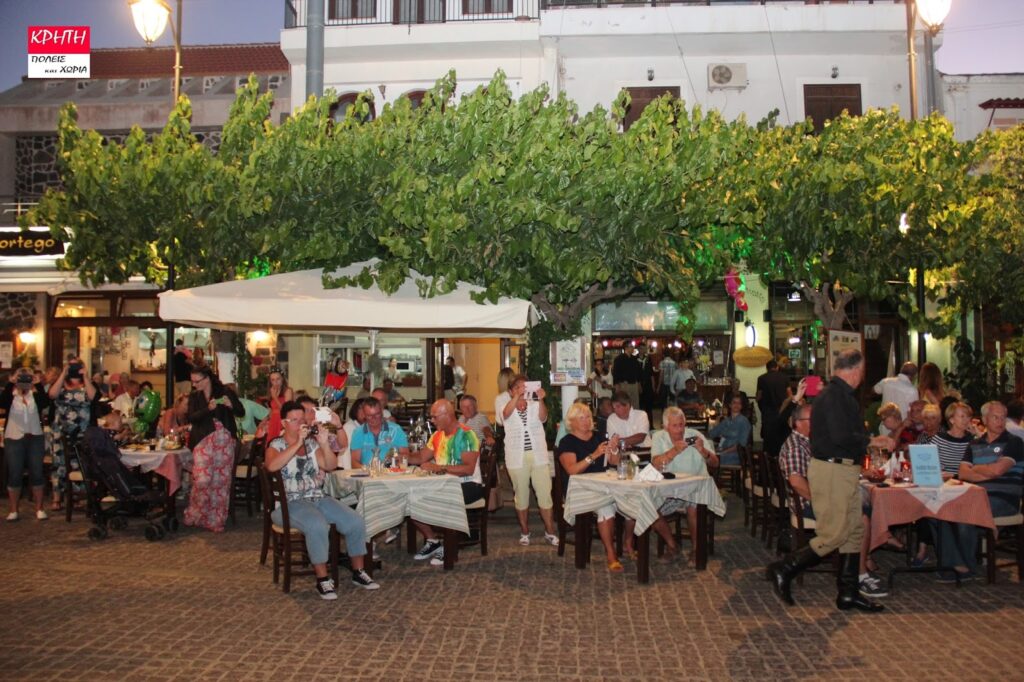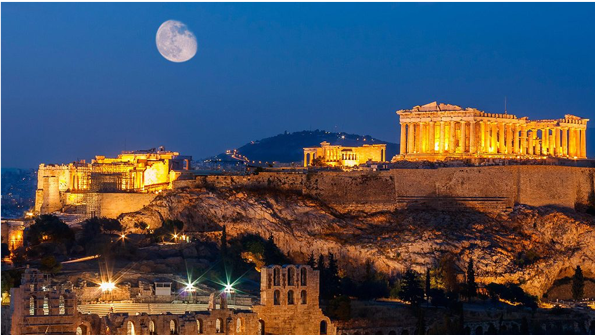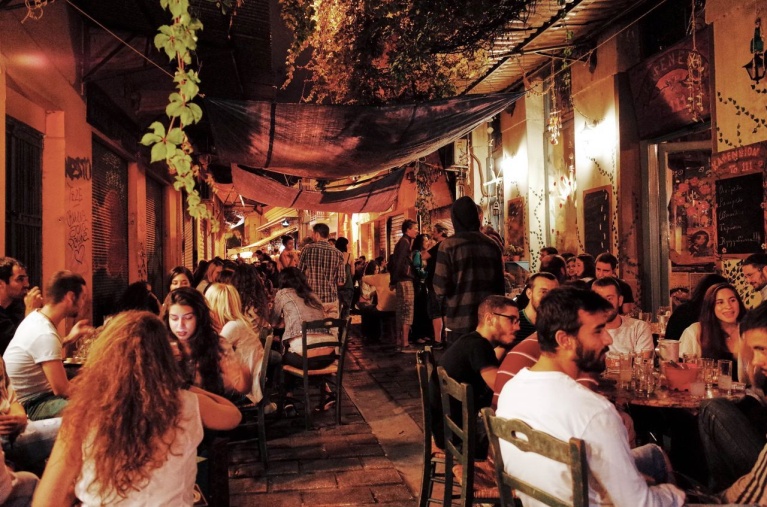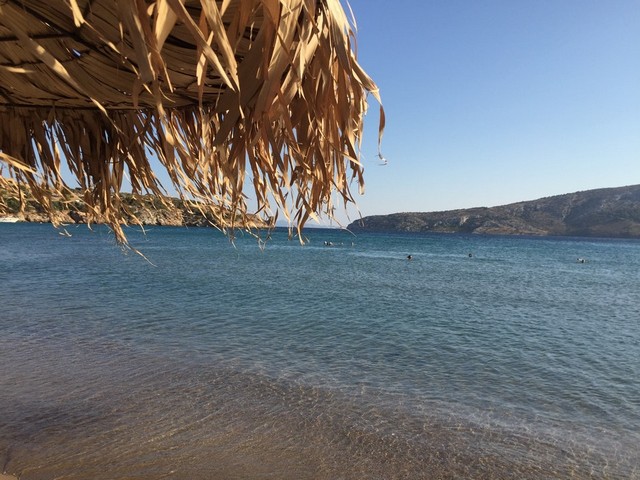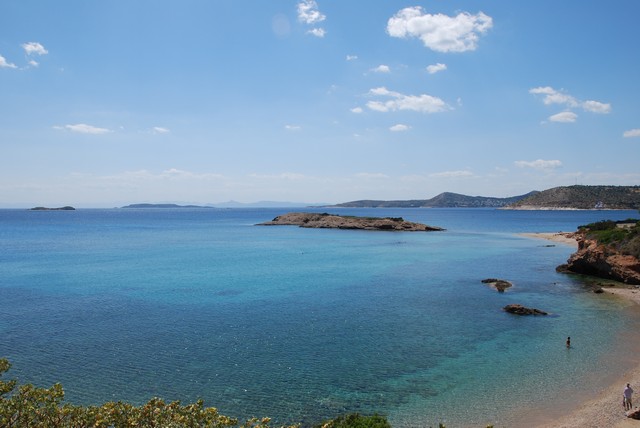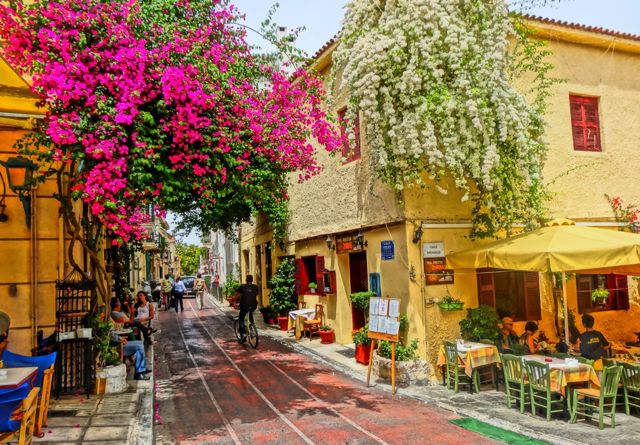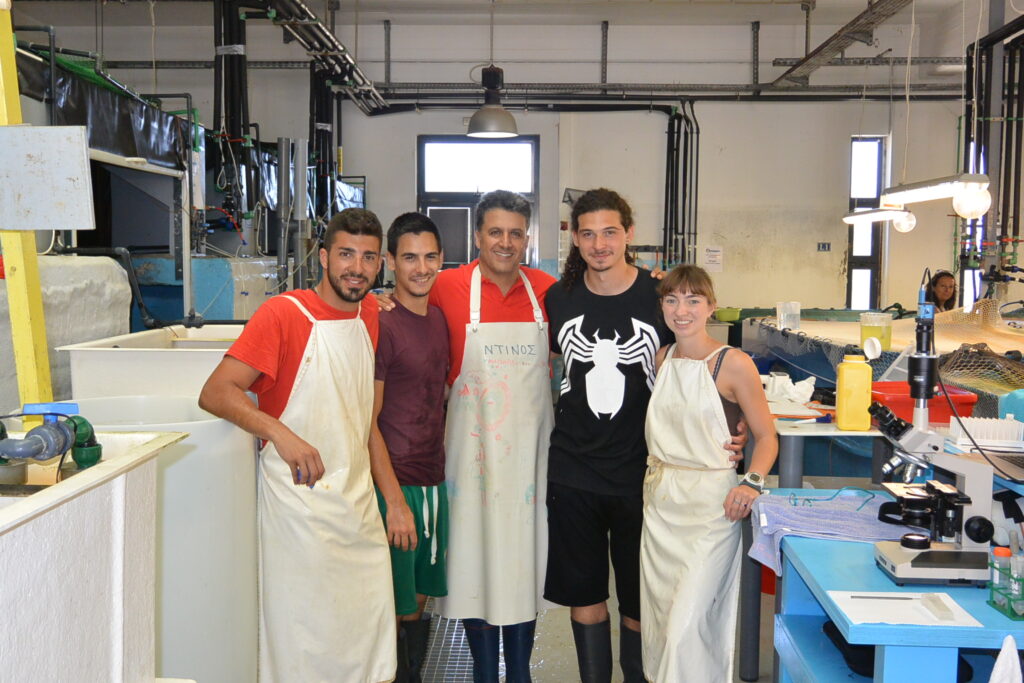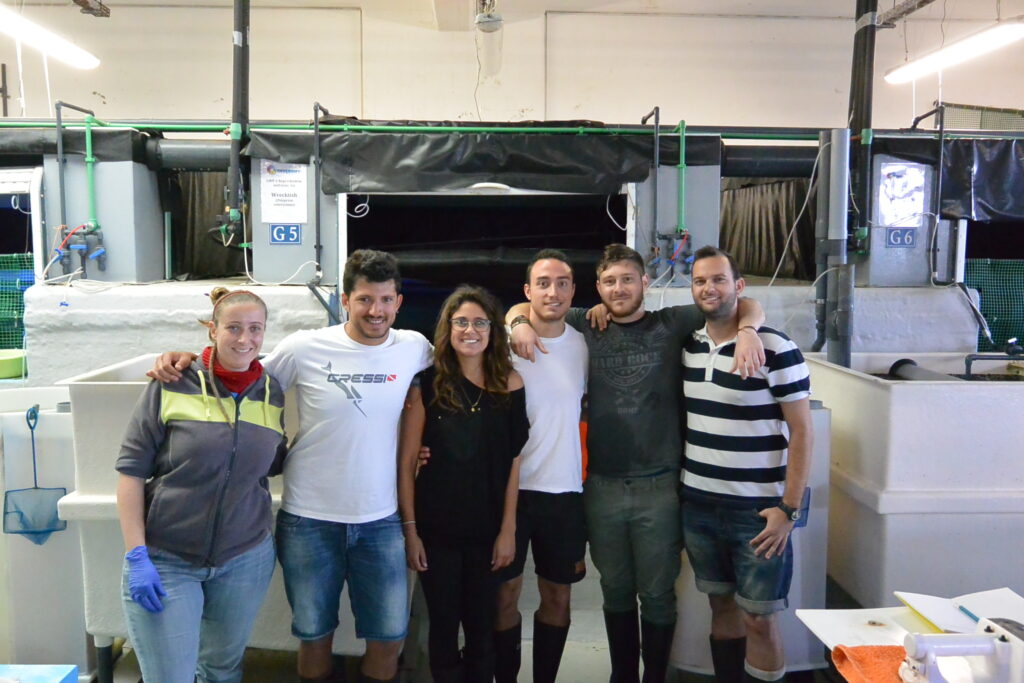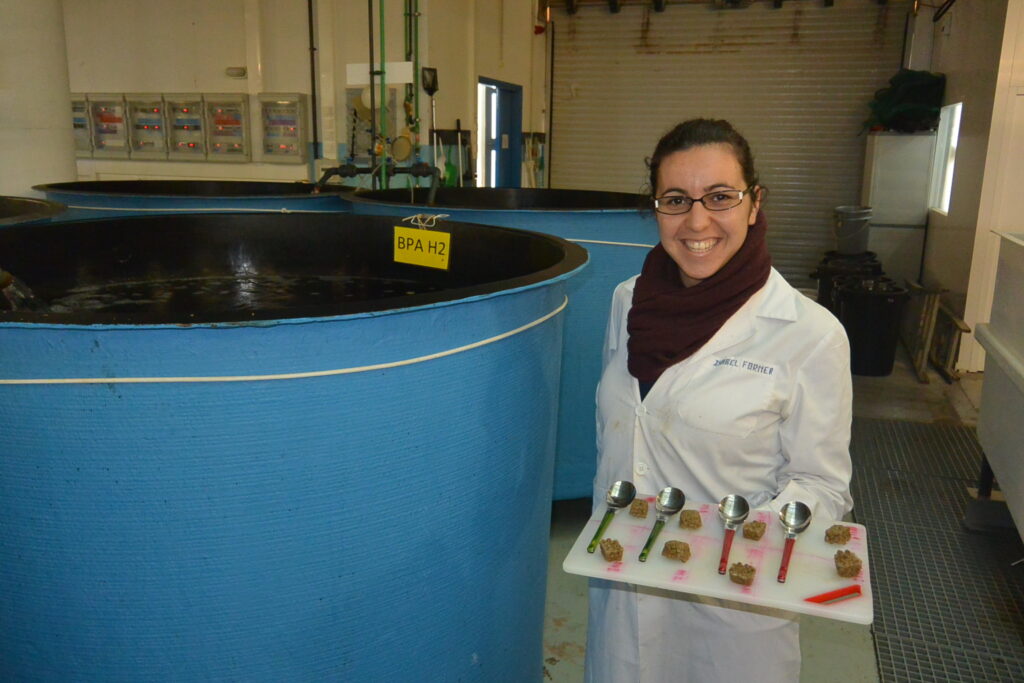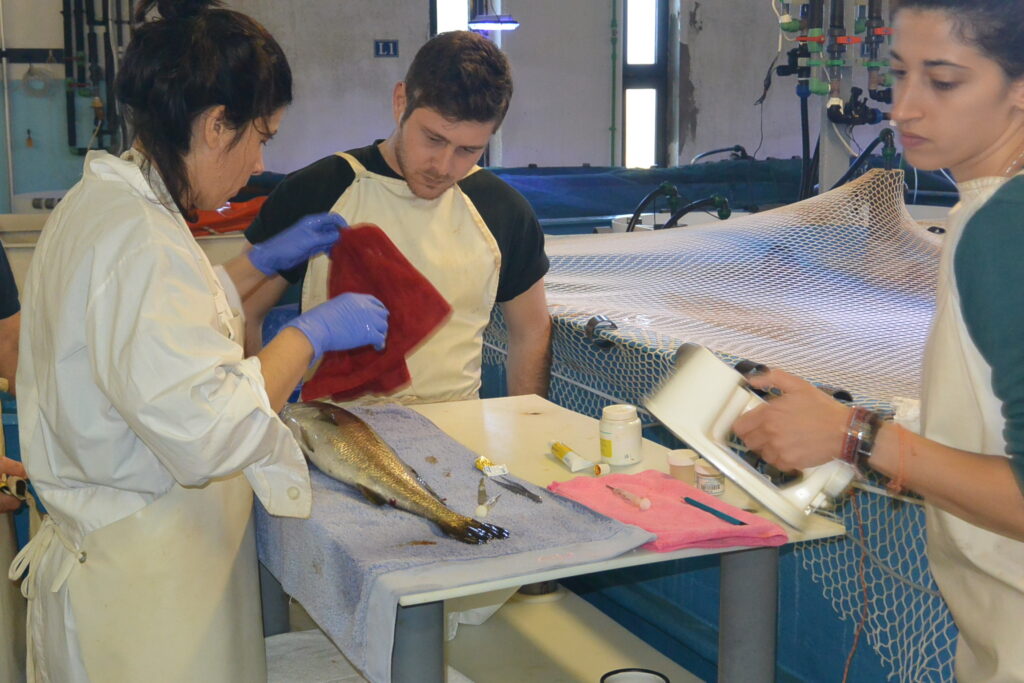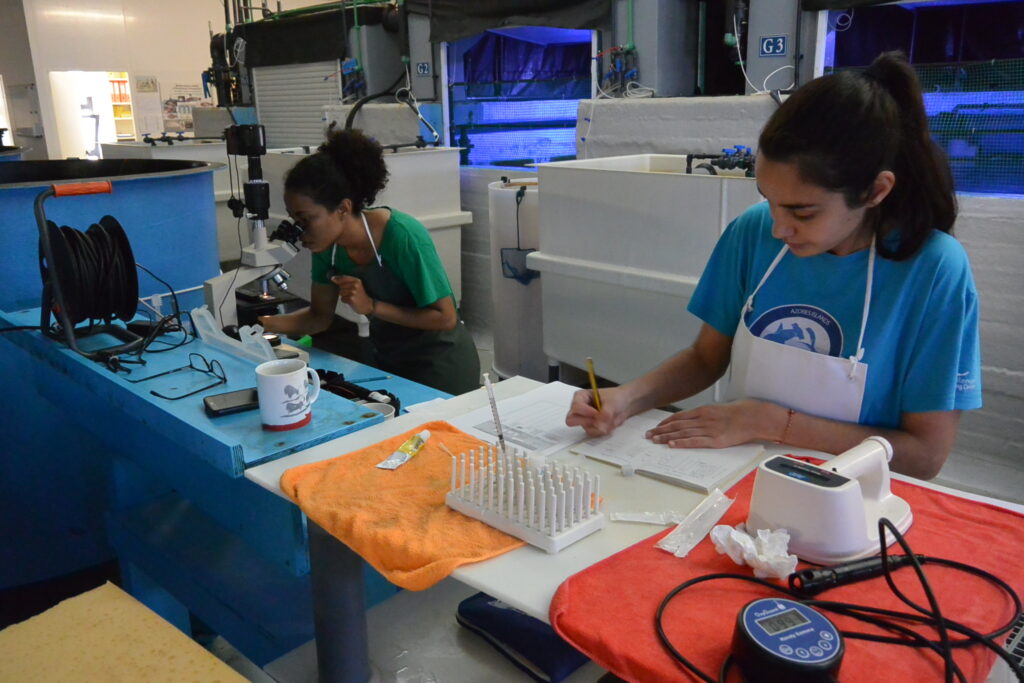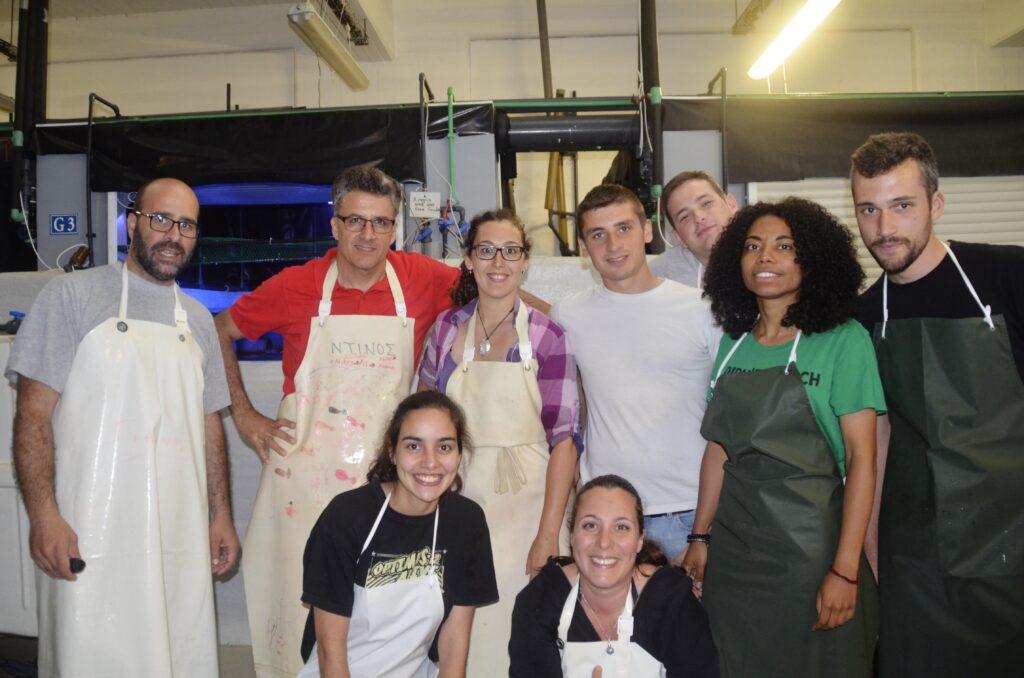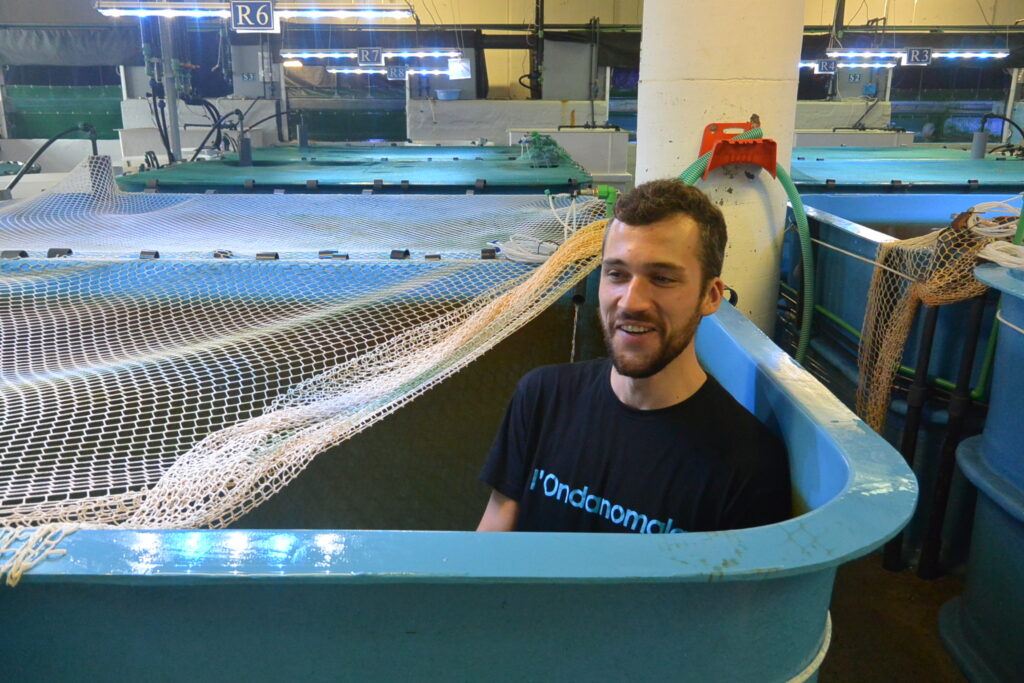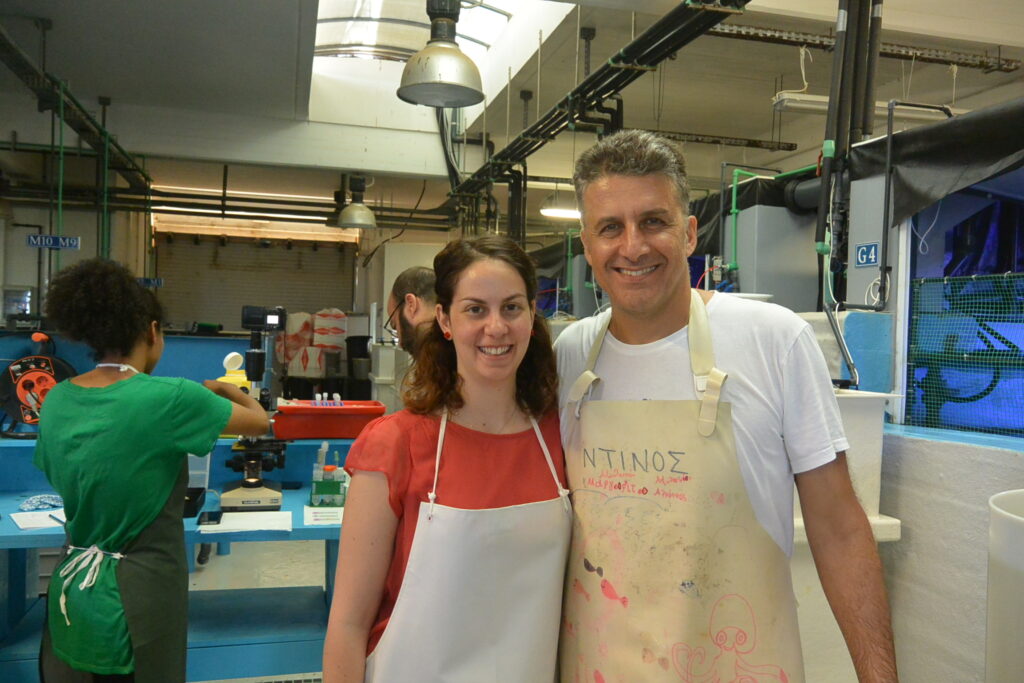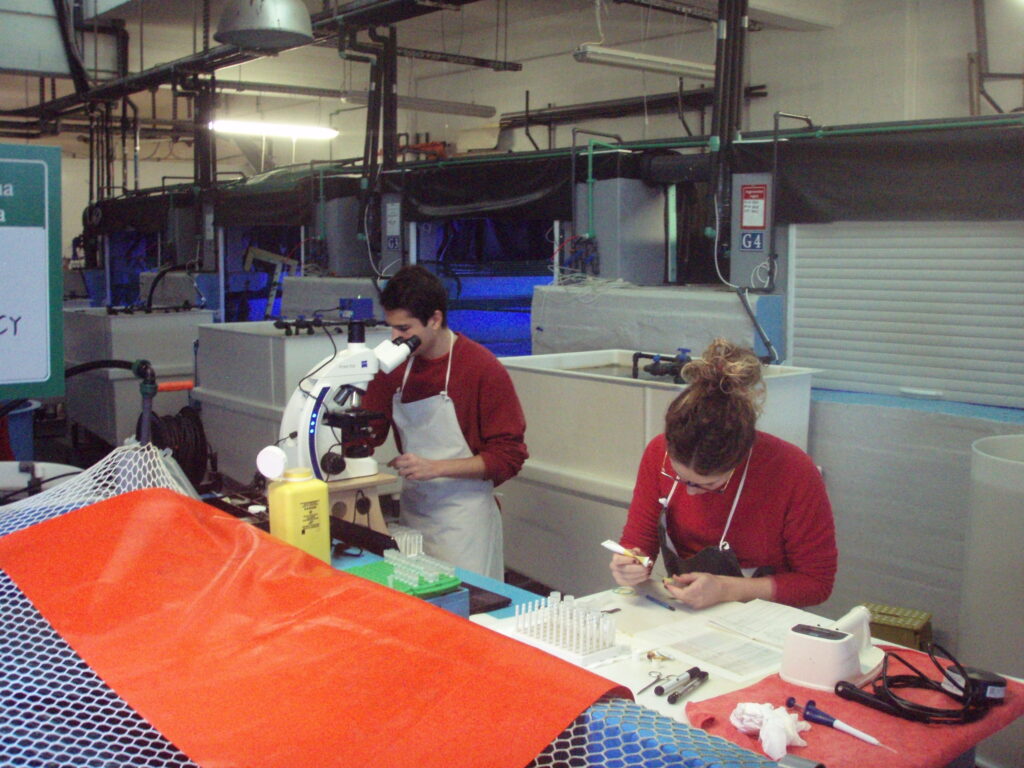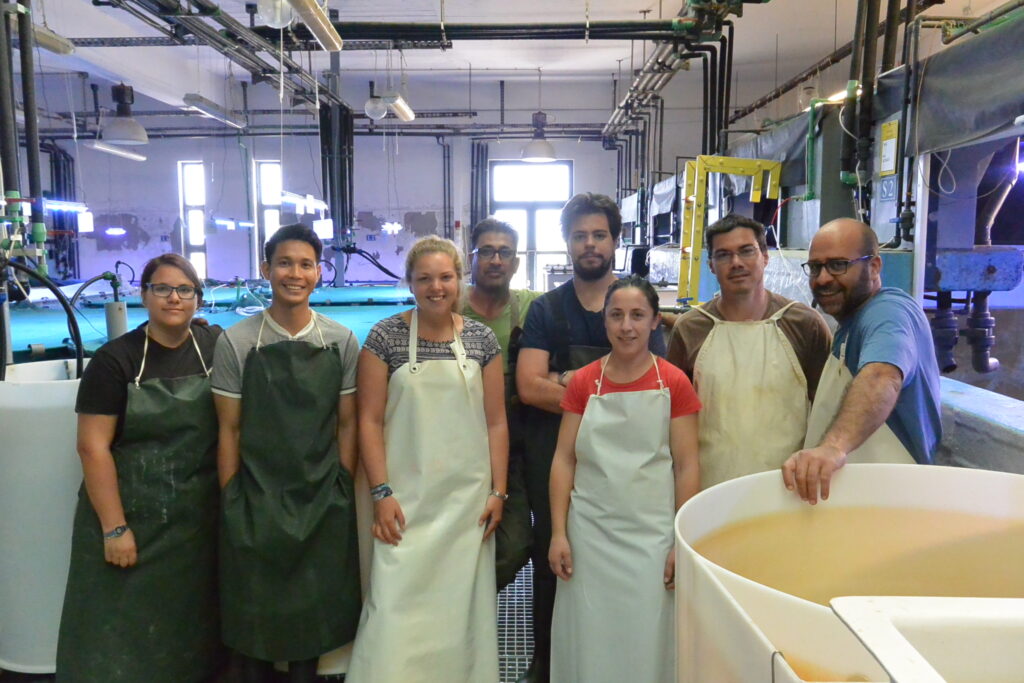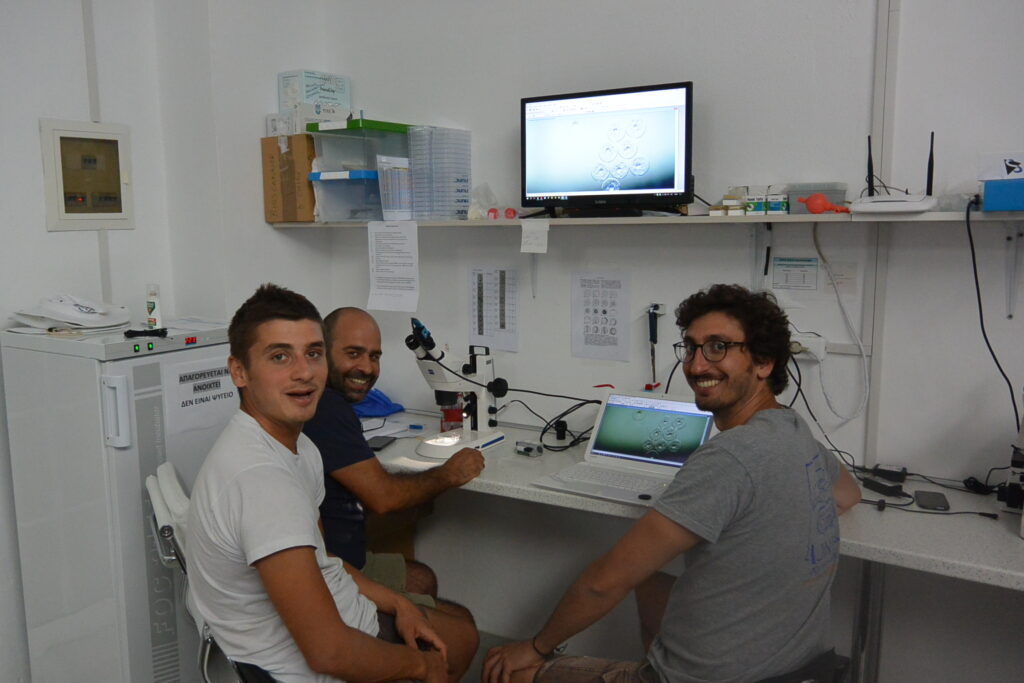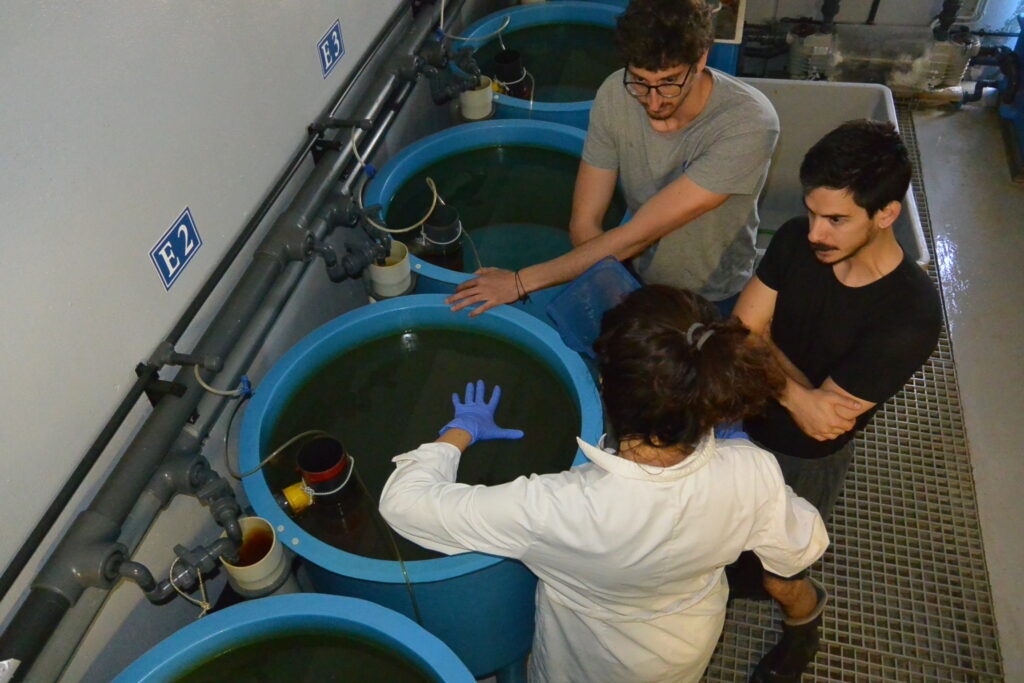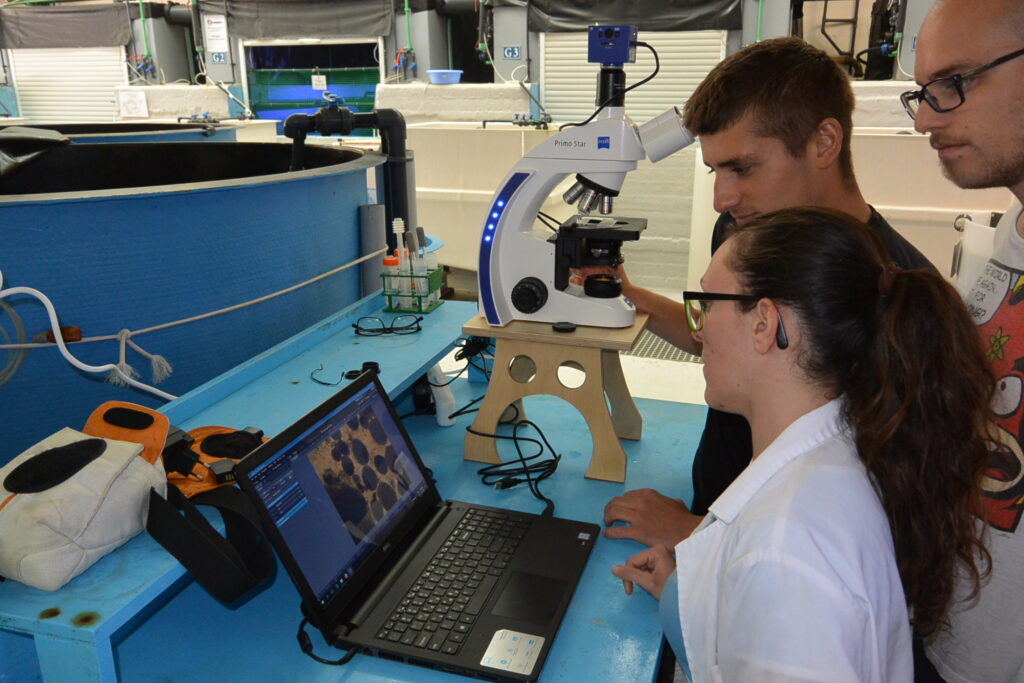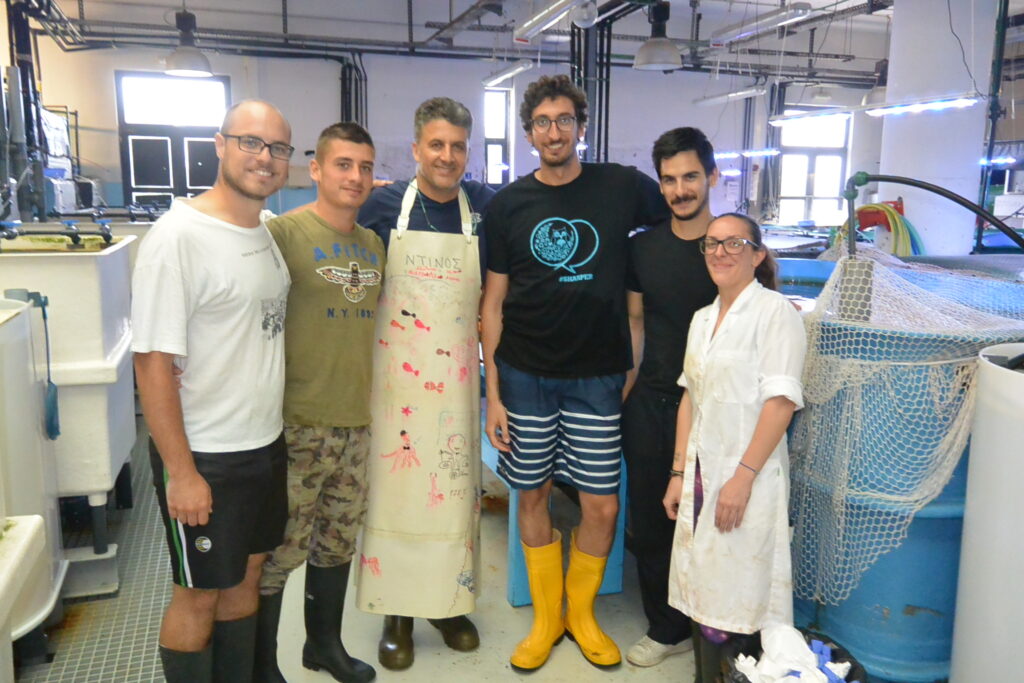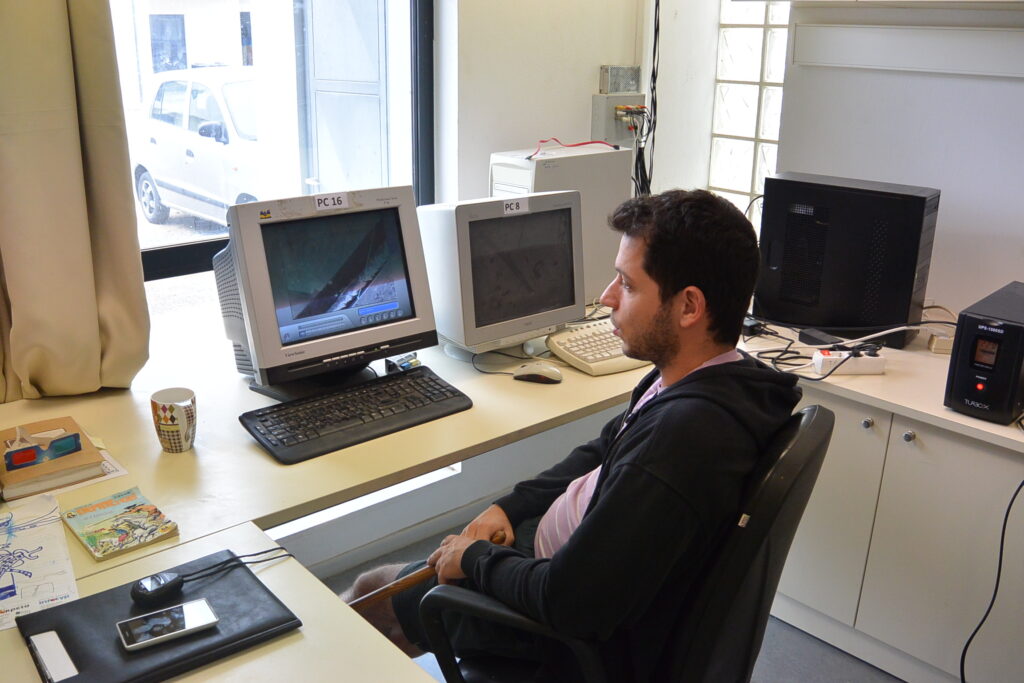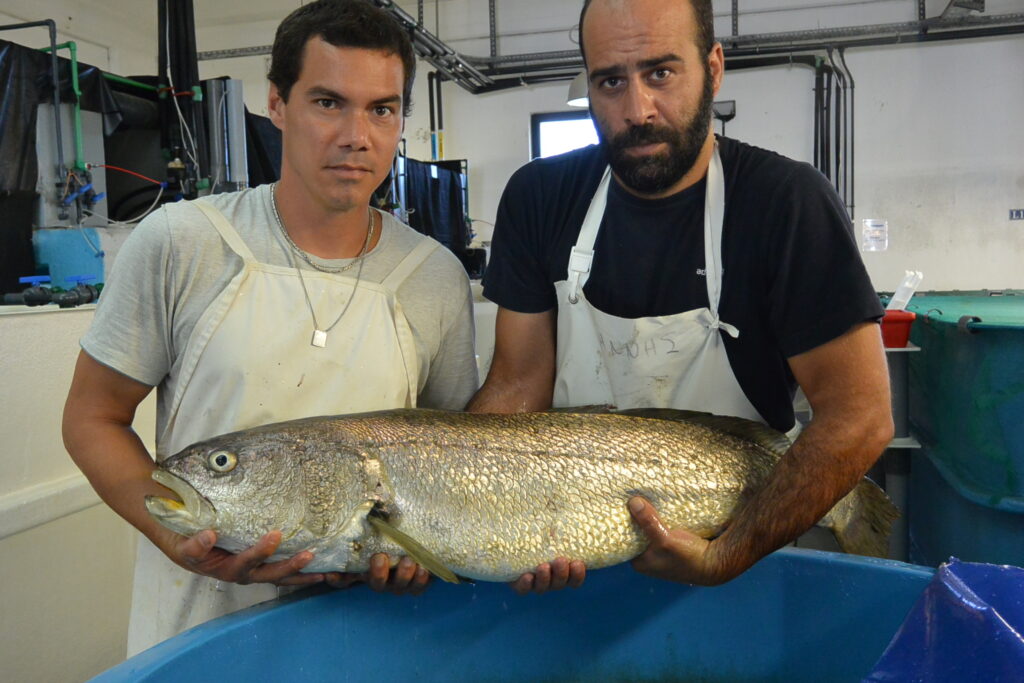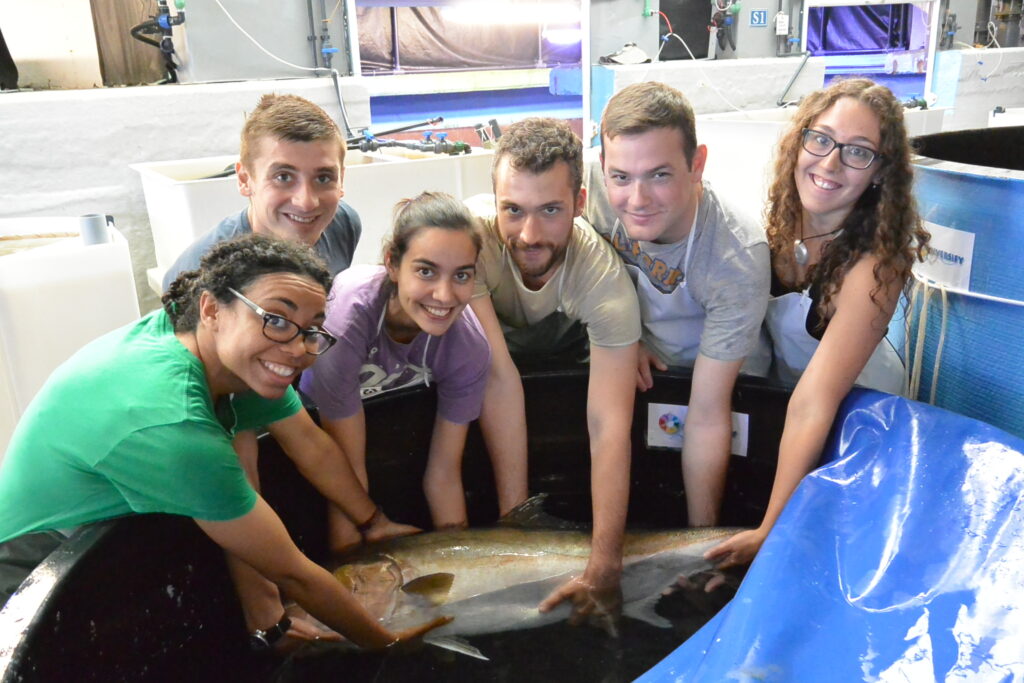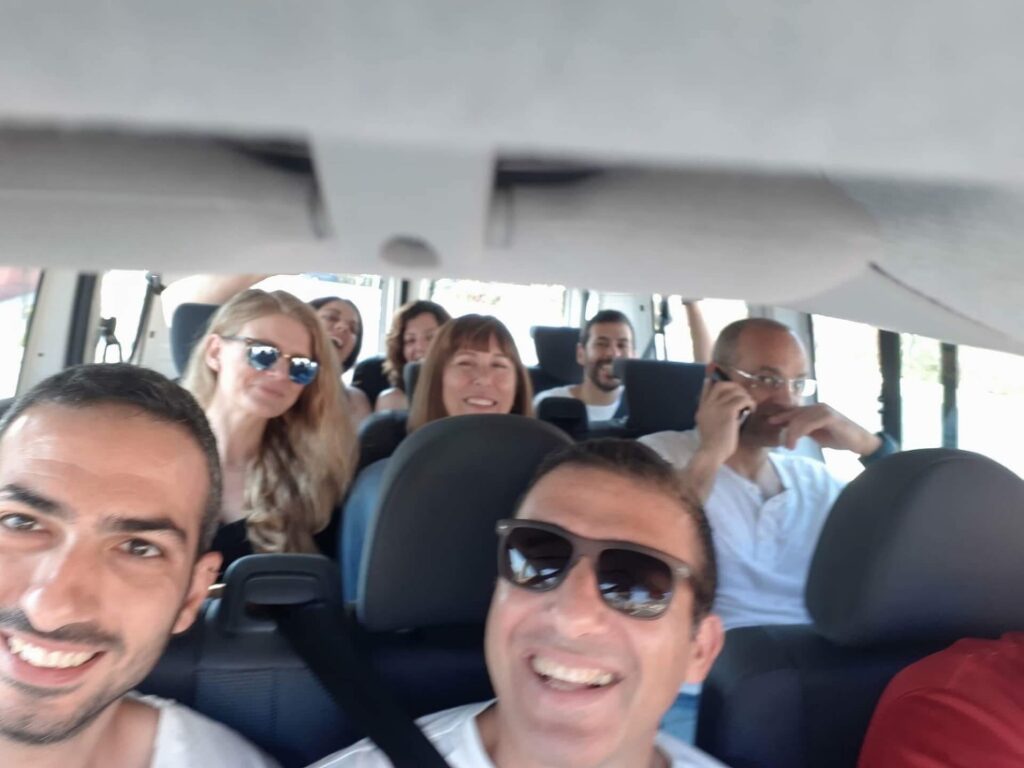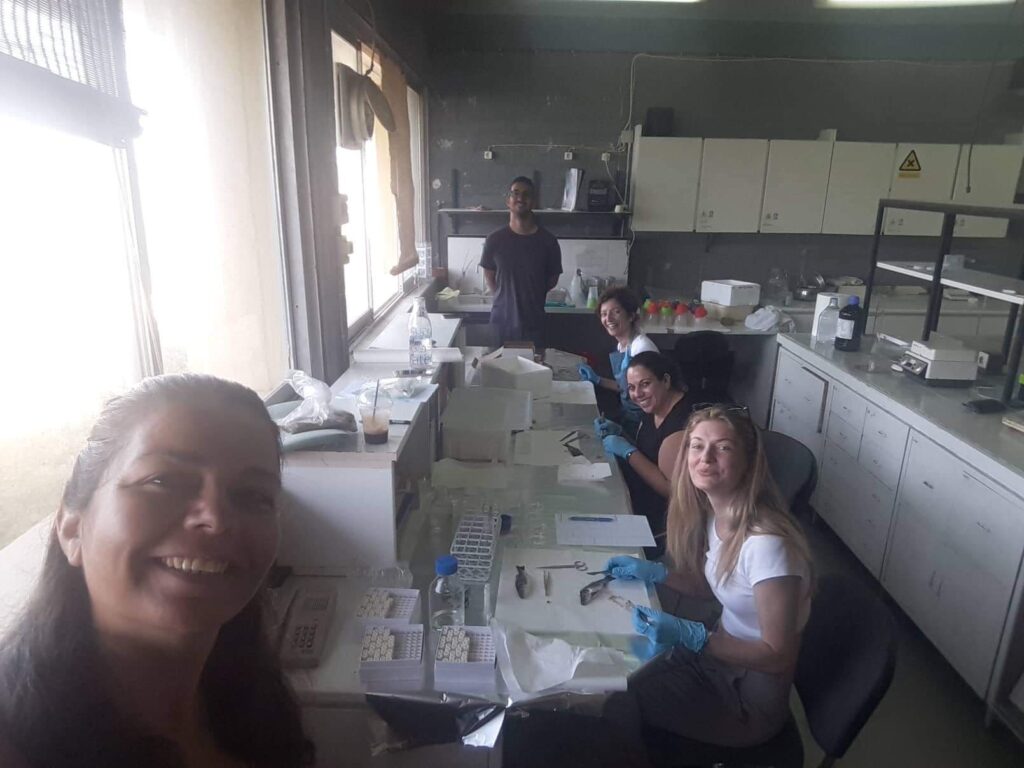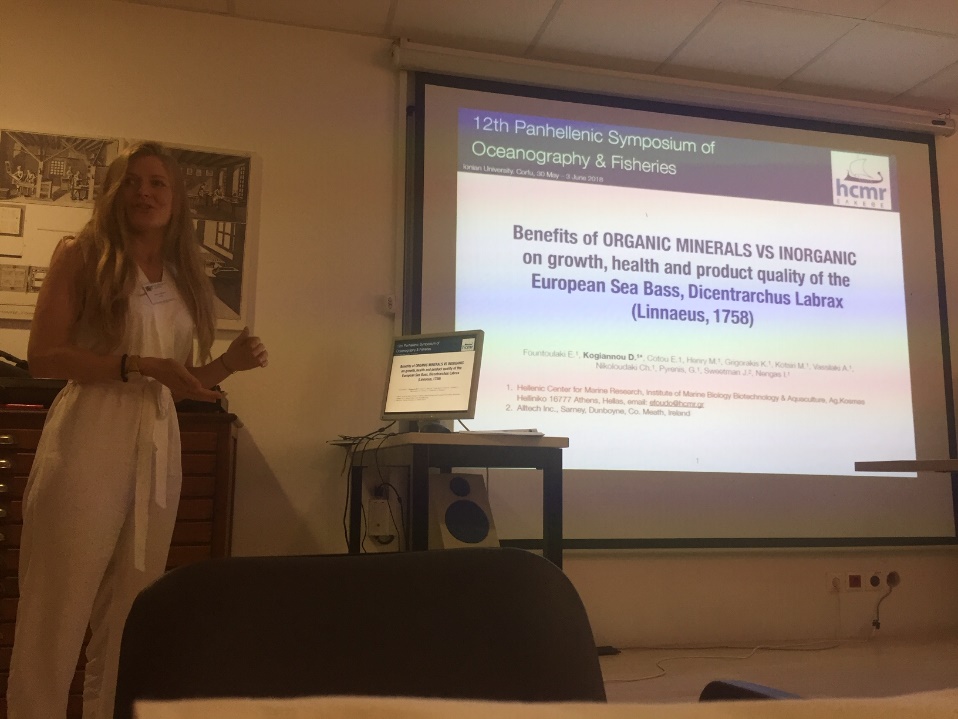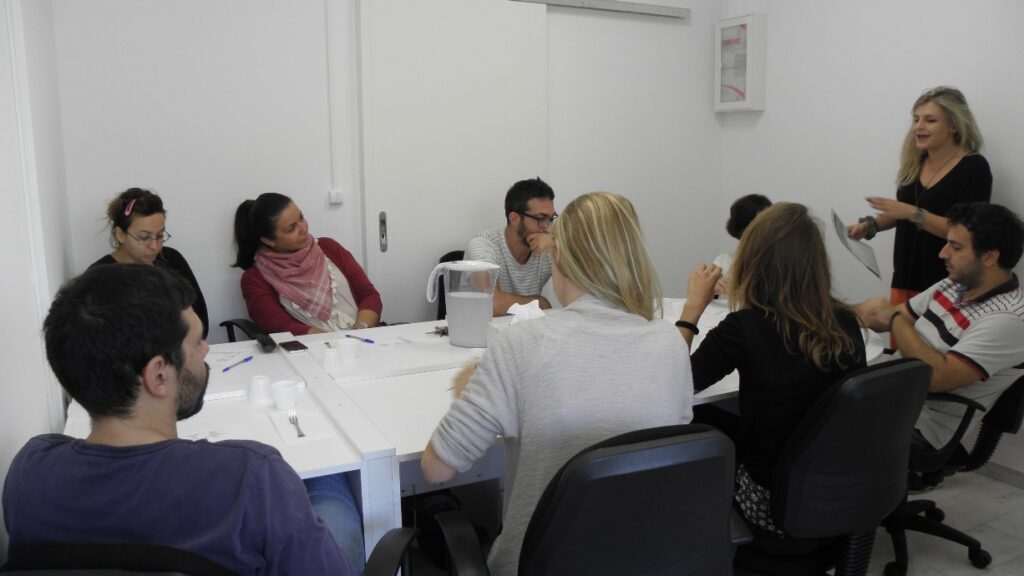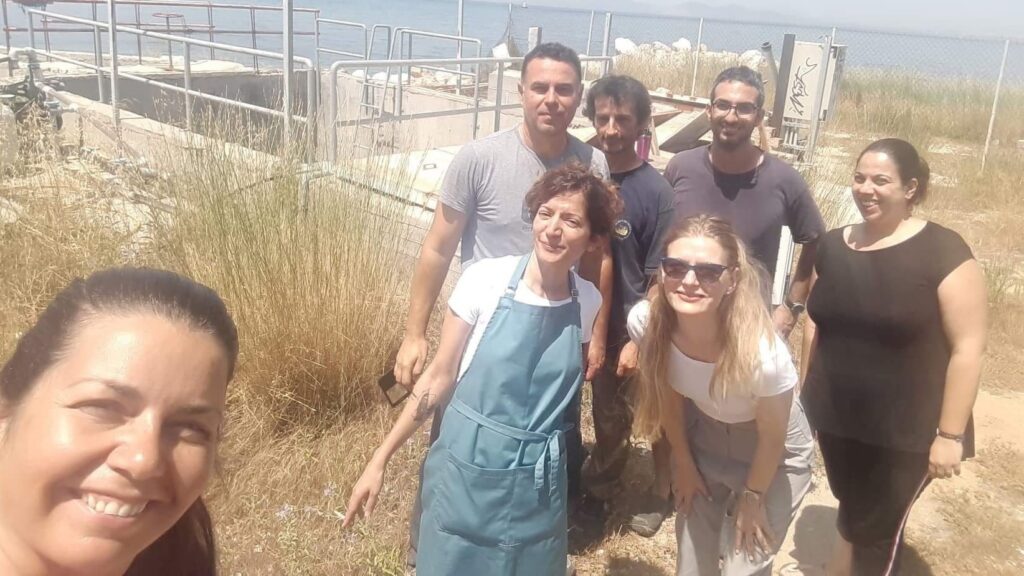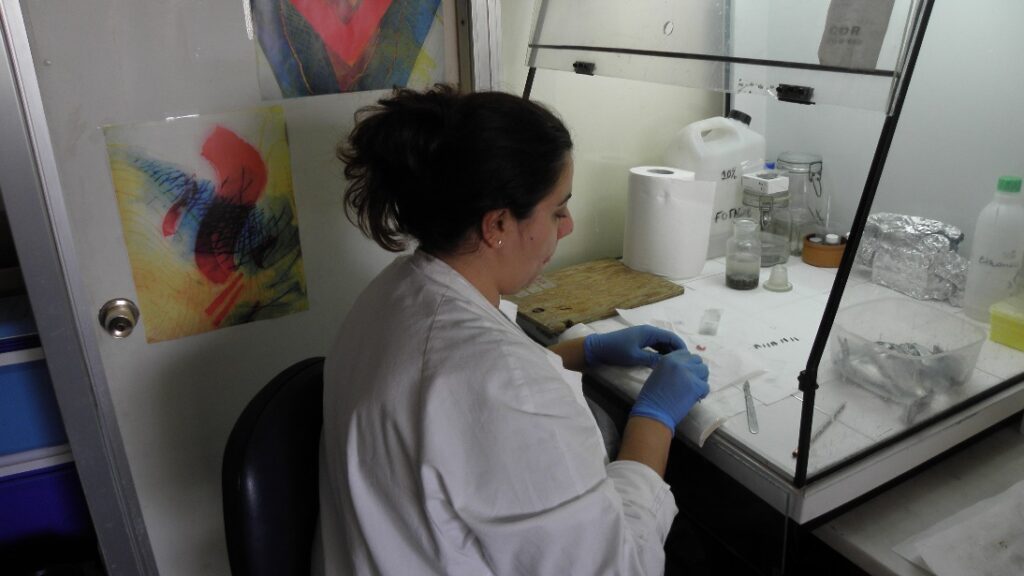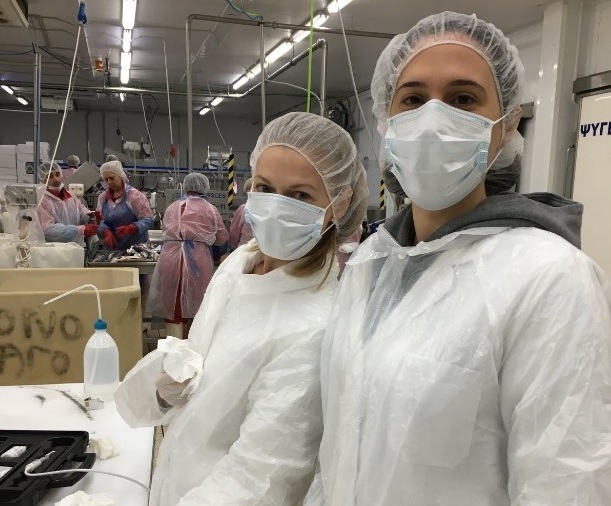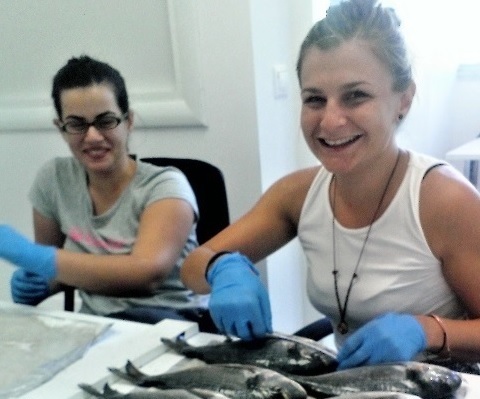The IMBBC has laboratories in two locations in Greece (Anavyssos, Attika and Crete Island). The facilities in Anavyssos involve research exclusively in the area of Aquaculture (Nutrition and Feeding, Health, quality and safety, biomarkers and bioassays). In the Island of Crete research includes the areas of Aquaculture, Biodiversity and Genetics.
Both areas are unique and beautiful, characterized by great natural beauty and a huge number of historical monuments, testimony of the ancient Greek culture. Visiting students have the opportunity of a lifetime staying in two world-renowned destinations.
The Island of Crete-home of the Minoan civilization
The island of Crete Greece, the 5th largest island in the Mediterranean, is one of the most popular vacation destinations in Greece, with more than 3 million tourists spending their summer holidays every year. Crete was home to the oldest civilization in Europe (2700-1420 BC), the Minoan civilization. Crete is the setting of many tales of the ancient Greek mythology like the labyrinth of the Minotaur (in Knossos Palace) and the birthplace of Zeus (Dikteon cave).
Like other Greek islands, Crete has a strong traditional identity. Throughout the island, there are several different kinds of traditional food, music, dances and distinctive local costumes. And even though Crete is mostly known for its splendidly varied beaches, its high mountain ranges are also superb. Its many gorges, caves and trekking paths provide memorable experiences for climbers, potholers, cavers and hill walkers (mountaineering club Heralkion https://www.eos-her.gr/en/). Its highest mountain, Psiloritis (2400m, more than 8000 feet high), is covered with snow in winter, thus giving climbers a fabulous view of sea and snow.
Heraklion (150,000 inhabitants) has a large student community due to the existence of two Universities and many research institutes. Students coming from abroad with the Erasmus programme can join the Erasmus group (https://hmucrete.esngreece.gr/), that has a team of well-organized young people coordinating various social activities.
The island’s tourism infrastructure caters for all tastes, including a very wide range of accommodation. Visitors reach the island either via the international airports of Heraklion and Chania or by ferry to the ports of Heraklion and Chania.
Popular tourist attractions include the archaeological sites of the Minoan civilisation, the Venetian old city and port of Chania, the Venetian castle at Rethymno, the islands of Chrysi, Elafonisi, Gramvousa, Spinalonga and the Palm Beach at Vai, which is the largest natural palm forest in Europe. The island has a number of gorges, such as the Samariá Gorge and the Imbros Gorge.
- A large number of islands, islets, and rocks hug the coast of Crete. Some of the islands that can be visited are:
- Gramvousa (Kissamos, Chania) the pirate island opposite the Balos lagoon,
- Elafonisi (Chania), which commemorates a shipwreck and an Ottoman massacre,
- Chrysi island (Ierapetra, Lasithi), the largest natural Lebanon cedar forest in Europe.
Accommodation in Crete
Students in Crete have a wide range of accommodation options, either near the Thalassokosmos facilities of IMBBC, the beach front communities of Kokkini Chani, Gournes or Gouves, or in the city of Heraklion which is 15 km away from the IMBBC. Students can reach the IMBBC via a daily dedicated bus line to and from Heraklion. In addition, those participating in Erasmus programmes have an opportunity to find accommodation through the Erasmus student network (ESN) group of Crete.
Athens/Anavyssos – The birthplace of democracy and philosophy
Athens, the capital and the largest city in Greece, can also lay claim to be the historical capital of Europe, dating back thousands of years. It has been called the birthplace of democracy as well as the cradle of western civilization. Undoubtedly, Athens has remained one of the most popular and attractive tourist destinations because of its rich culture and history, still much appreciated for its universal significance. The archaeological sites which should not be missed are the Acropolis and the Temple of Olympian Zeus; sites also worth a visit include the Ancient Athenian cemetery of Kerameikos, the Philopappou Hill, the Tower of the Winds, Plato’s Academy and the ancient Agora.
Visitors reach the city via Athens International Airport “Eleftherios Venizelos”. The capital and the wider Attica area tourist infrastructure caters for all tastes, and include a very wide range of accommodation. Modern means of transport (bus, train, motorways) link the centre to the rest of Attica. There is also a huge range of opportunities for shopping, dining and nightlife. Athens is a city that never fails to fascinate all visitors, no matter the season.
Anavyssos (where the IMBBC facilities are located) is a former municipality of east Attica, located near the Saronic Gulf coast, 10 km west of Lavrion, 34 km southeast of Athens city centre. National Road 91 (Athens to Sounion) runs along the coast to this Anavyssos, passing just south of the town. Α popular tourist attraction 20 km south of Anavyssos is the temple of Poseidon, the ancient Greek Sea god. Perched on the craggy rocks of Cape Sounion, the temple is shrouded in myth, and the well-known graffiti from Lord Byron can still be seen on one of its columns. Its situation at the southernmost tip of Attica, attracts thousands of visitors daily to witness unforgettable sunsets as the horizon meets the Aegean Sea.
Accommodation in Athens
As a result of the presence of 10 higher education institutions in the Athens urban area, as well as many international renowned research institutes, Athens student community is the largest in Greece. Students have a wide number of accommodation options for accommodation, either near the facilities of HCMR, on the beachfront communities of Saronida, Anavyssos and Lagonisi or in the capital and the wider Attica area. Students can travel to the HCMR via a special bus, which leaves the HCMR facilities in Argyroupoli (public transport only metres away) every morning and returns in the afternoon, offering two services at different times on each occasion.





